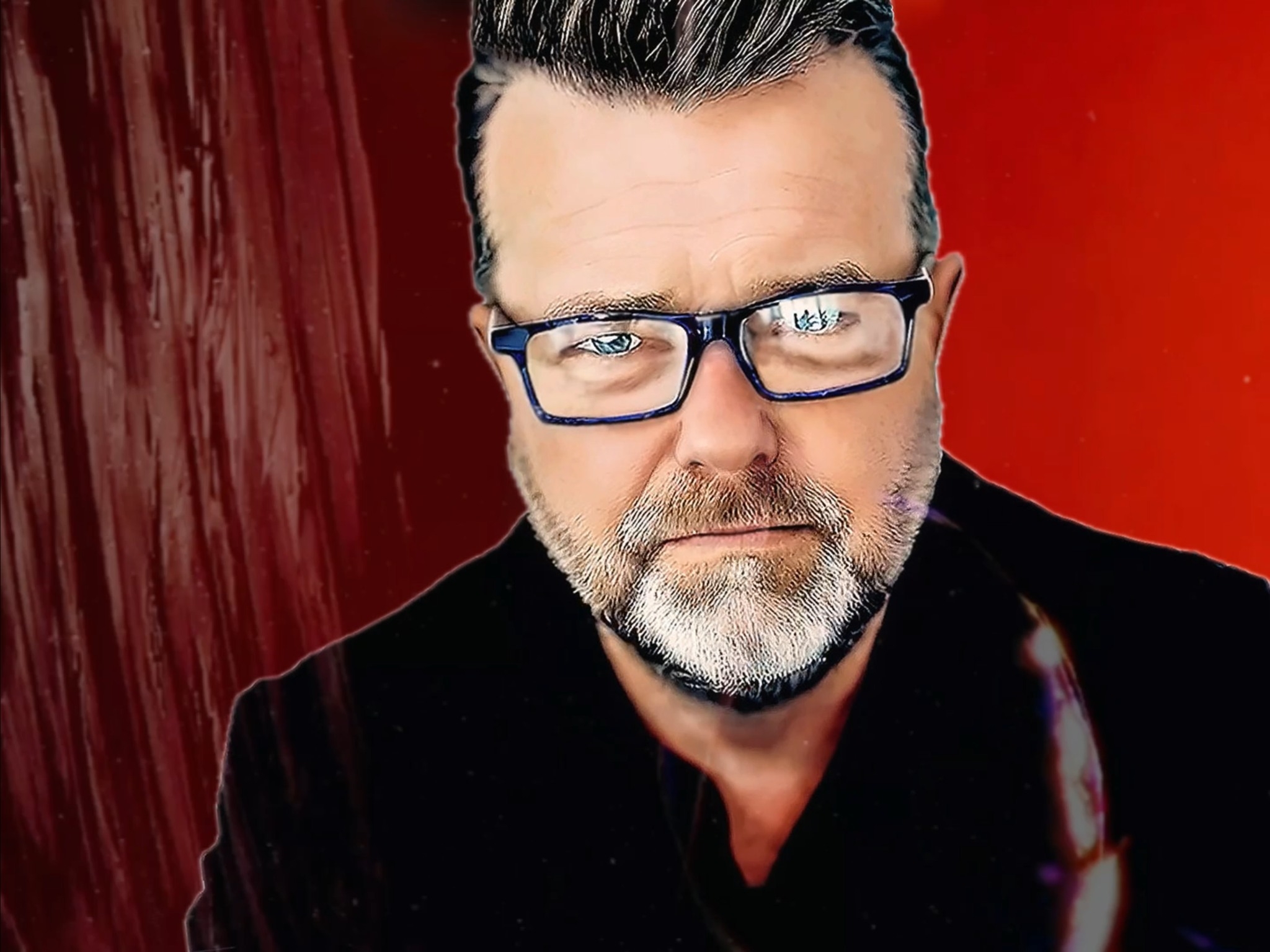Feeling Burned Out? Here’s Why You’re Not Alone
Ever feel like you’re just one email away from calling it quits? Burnout isn’t just a term we throw around – it’s a very real and rising challenge for many people today. And if you’re reading this, chances are, you’re starting to feel the drain yourself. This guide will help you understand what burnout is, how to spot it early, and take real, actionable steps to restore your work-life balance. You don’t have to do this alone, and with the right strategies, finding your balance might be easier than you think.
Recognizing the Signs of Work Burnout
Burnout doesn’t usually happen overnight. It creeps in gradually, leaving us feeling more and more drained over time. Spotting these early signs is key because the sooner you address burnout, the easier it is to manage. Here are common symptoms to watch for:
- Constant Fatigue: Do you wake up tired even after a full night’s sleep? Persistent fatigue is one of burnout’s first signs.
- Irritability and Mood Swings: Have minor setbacks started to feel overwhelming? This emotional sensitivity can be another red flag.
- Decreased Performance: Are you finding it difficult to focus or complete tasks? Burnout often hits productivity hard.
- Physical Symptoms: Burnout doesn’t just impact your mind – it can also lead to headaches, muscle aches, and even digestive issues.
- Loss of Passion: Do you feel like the spark you once had for your work is fading? Loss of interest is a common effect of burnout.
Identifying these signs can be the difference between making healthy changes now and reaching a crisis point later.
Why Work-Life Balance is Essential for Mental Health
In today’s fast-paced work culture, there’s often pressure to hustle nonstop. However, studies show that constant pushing without breaks does more harm than good. Here’s why creating a balance between your personal life and work life is crucial for your well-being:
Reasons Why Balance Matters
- Mental Clarity and Focus: Chronic stress impairs your ability to think clearly. Taking regular breaks restores mental sharpness and lets you be fully present, both at work and home.
- Physical Health Protection: Consistent burnout can lead to health issues, such as high blood pressure and sleep problems. Achieving balance improves your body’s resilience.
- Stronger Relationships: It’s hard to keep connections strong when work overshadows everything. When you dedicate time to family and friends, those bonds grow stronger, providing emotional support that boosts happiness.
When you prioritize a life-work balance, you’re setting yourself up for more energy, better health, and even higher productivity in the long run.
Practical Tips for Managing Burnout
Creating balance isn’t just about taking the occasional day off. It involves setting consistent habits and boundaries that prevent burnout long-term. Let’s dive into some practical steps you can start taking today.
- Set Clear Boundaries
Separating work and personal time is crucial. Without boundaries, work can easily bleed into all hours.- Turn Off Notifications After Hours: Consider creating a digital boundary by silencing work notifications after your set hours.
- Communicate Your Limits: Let your coworkers know when you’re “off” so there’s less pressure to respond outside of work hours.
- Prioritize “Me Time”
A key part of balance is carving out moments that are solely yours.- Exercise: Even a 15-minute workout can improve your mood and energy.
- Unplug: Take some screen-free time, whether it’s going for a walk or reading a book.
- Invest in Your Hobbies: Doing things you love, like cooking or painting, can recharge you mentally.
- Manage Stress with Quick Wins
Burnout can feel overwhelming, but small, quick actions can ease the load.- Practice Deep Breathing: Just a few minutes can make a difference.
- Break Tasks into Small Steps: Big projects are less daunting when you tackle them step by step.
- Celebrate Small Wins: Recognize each accomplishment, however small, to stay motivated.
By setting boundaries, making time for yourself, and tackling stress proactively, you’re actively preventing burnout.
The Hard Truth About Burnout: It’s Not a Weakness
One of the biggest myths surrounding burnout is that it only happens to people who can’t handle stress. In reality, burnout can affect anyone, even those who seem to thrive under pressure. Accepting this fact is important because it removes the stigma and empowers you to seek the balance you deserve.
When you feel close to burnout, it’s not a sign of weakness but a reminder that your body and mind need care. Society often glorifies the “grind” mentality, but true strength lies in knowing when to pause, recalibrate, and care for yourself.
Motivation to Keep Going: Real Stories of Balance and Burnout Recovery
Getting back to a balanced life is possible, and it doesn’t have to be overwhelming. Sometimes, hearing about others’ success stories can help motivate you to find your own balance. Here’s an example:
Success Story: John’s Journey to a Balanced Life
John, a former “workaholic,” found himself facing severe burnout, which affected not just his job but also his family life. After setting clear boundaries, he began making time for his family, rediscovered his hobbies, and felt happier and more productive. John’s story shows that anyone can make this shift and reclaim their life.
Let John’s journey inspire you to take that first step toward a healthier balance. Small changes can lead to significant transformations.
Practical Advice Revisited: Real-Life Tips and Resources
Achieving balance isn’t a one-time fix. It’s a commitment to consistent, healthy practices. Here are some helpful resources and apps to support you:
- Mindfulness Apps: Try Calm or Headspace for guided meditation.
- Books: Consider “Atomic Habits” by James Clear for easy-to-implement, life-changing habits.
- Mental Health Support: Use platforms like BetterHelp to connect with licensed therapists conveniently from home.
How to Start Implementing These Tips:
- Begin Small: Choose one or two habits to focus on each week.
- Use a Planner: Schedule personal time just like you would any work meeting.
- Regular Check-Ins: Reassess your balance monthly to stay on track.
Take the First Step Today
Burnout doesn’t define you – you have the power to regain balance. Start by setting just one small boundary or dedicating a few minutes to yourself, then build from there. Today, make a small change for a healthier, happier you.
Final Thought: What’s one thing you can do today to begin creating a better work-life balance? Remember, reclaiming control over burnout starts with small, consistent steps.
RELATED READING: Can Quiet Quitting Boost Mental Health
RELATED READING: The Importance of Work-Life Balance
RELATED READING: Career Growth Tips Without Compromising Mental Health









